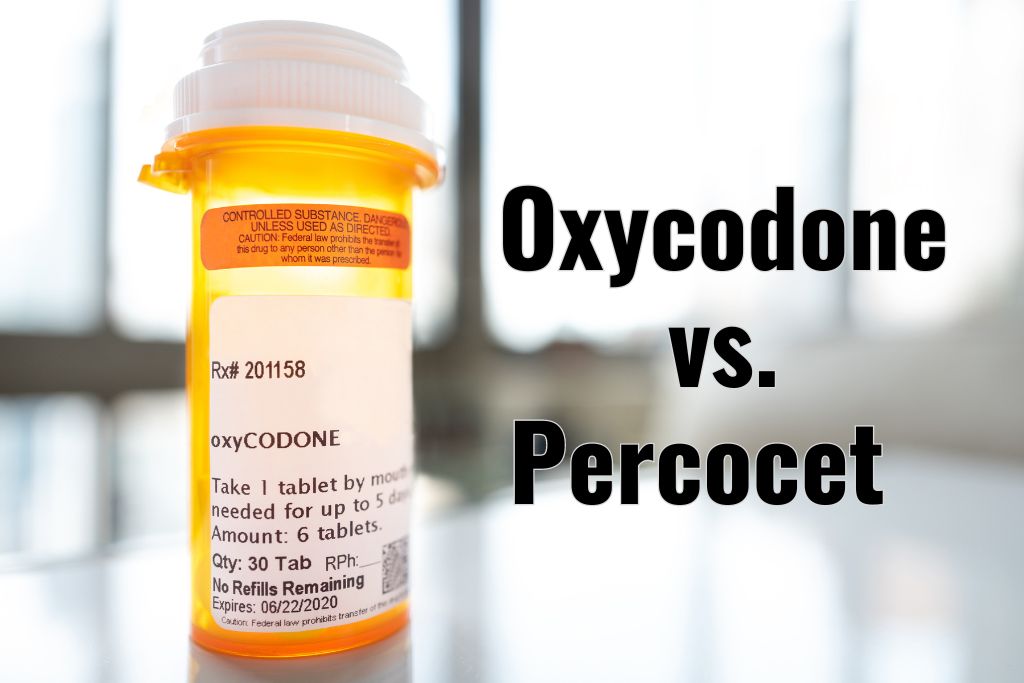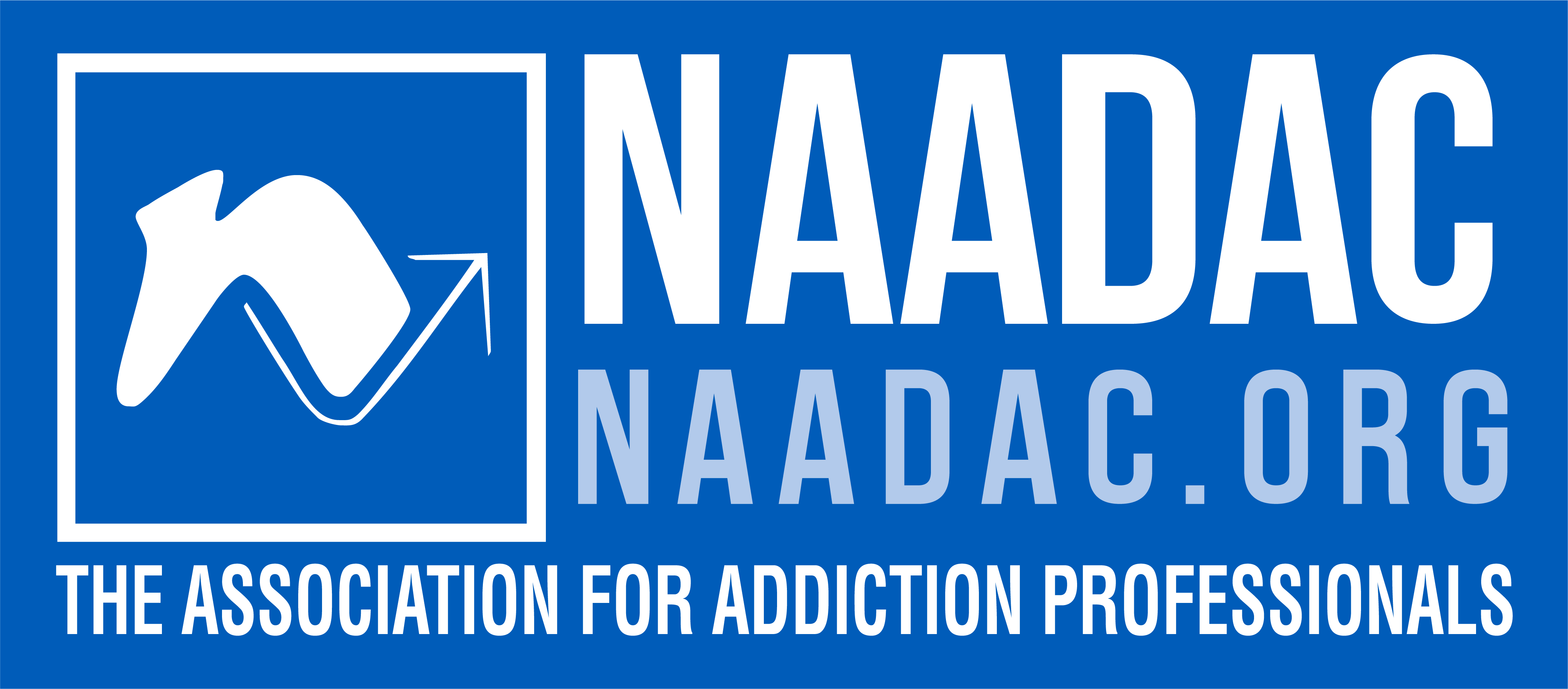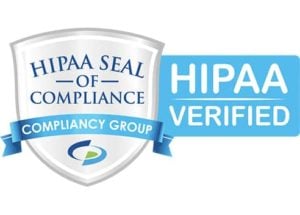The United States is grappling with a deadly overdose epidemic from prescription painkillers, with deaths now surpassing those from heroin and cocaine combined. The proliferation of these painkillers is so vast that, theoretically, every American could take a Vicodin every four hours for a month, as per the Centers for Disease Control and Prevention (CDC).
CDC Director Thomas Frieden has highlighted the severity of this crisis, emphasizing that it stems more from irresponsible prescribing practices than street-level drug dealing. The issue primarily involves opioid pain relievers like oxycodone, methadone, and hydrocodone (Vicodin), sales of which have skyrocketed since 1999.
Alarmingly, last year, 12 million Americans misused prescription painkillers, not for medical reasons but for recreation. Deaths from opioid pain reliever overdoses have soared, from 4,000 in 1999 to 14,800 in 2008, with the highest rates among middle-aged white men and Native Americans.
The CDC reports that addiction and tolerance to these drugs develop swiftly, with many patients initially taking them for legitimate pain but quickly escalating their doses for the same relief and pleasure, explains Michael Lowenstein, a pain clinic specialist in Los Angeles not involved with the CDC study. This often leads to a dangerous cycle of dependence and, in many cases, fatal respiratory depression, especially when combined with other substances.
Lowenstein, co-medical director of the Waismann Method, offers a $20,000 treatment for opiate dependence that includes sedation in an intensive care unit to mitigate withdrawal symptoms. Reflecting on his 15 years of experience, he notes a shift from heroin to prescription opioids like Vicodin and OxyContin as the predominant substances treated.
With hospitalizations and deaths mirroring the increase in prescription drug supply, these opioids now account for almost 75% of specified drug overdose deaths. The CDC’s report underlines the immense burden on health insurers, costing $72.5 billion annually. It suggests that states could more effectively manage this crisis through improved monitoring and targeting over-prescribing “pill mills” to curb the epidemic’s growth.













